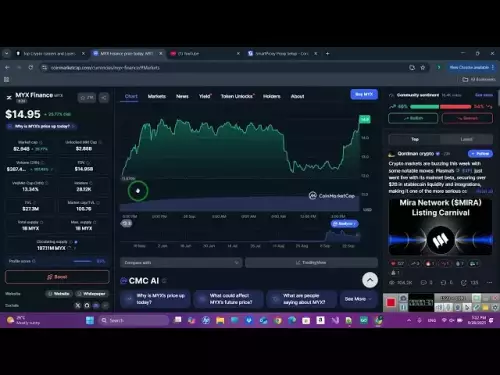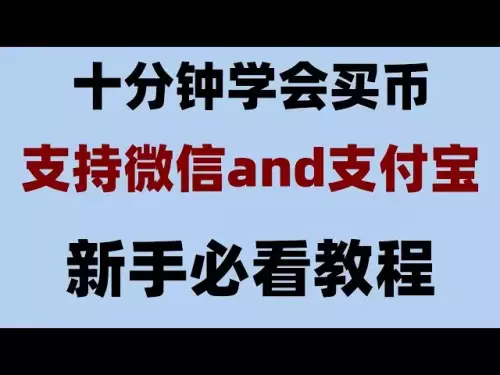-
 bitcoin
bitcoin $109547.008142 USD
0.04% -
 ethereum
ethereum $4011.838726 USD
-0.05% -
 tether
tether $1.000402 USD
-0.01% -
 xrp
xrp $2.798606 USD
0.88% -
 bnb
bnb $970.877944 USD
1.39% -
 solana
solana $202.237275 USD
-0.95% -
 usd-coin
usd-coin $0.999673 USD
0.00% -
 dogecoin
dogecoin $0.229294 USD
-1.15% -
 tron
tron $0.336370 USD
-0.45% -
 cardano
cardano $0.777260 USD
-1.66% -
 hyperliquid
hyperliquid $45.503019 USD
1.73% -
 ethena-usde
ethena-usde $1.000362 USD
0.01% -
 chainlink
chainlink $20.785303 USD
-1.10% -
 avalanche
avalanche $28.755822 USD
-0.11% -
 stellar
stellar $0.358303 USD
-0.48%
The difference between Bitget options and contracts
Bitget's distinct financial products—options and contracts—differ in terms of contract nature, risk, reward, leverage, time decay, premium, suitability, and use cases.
Nov 13, 2024 at 09:04 pm
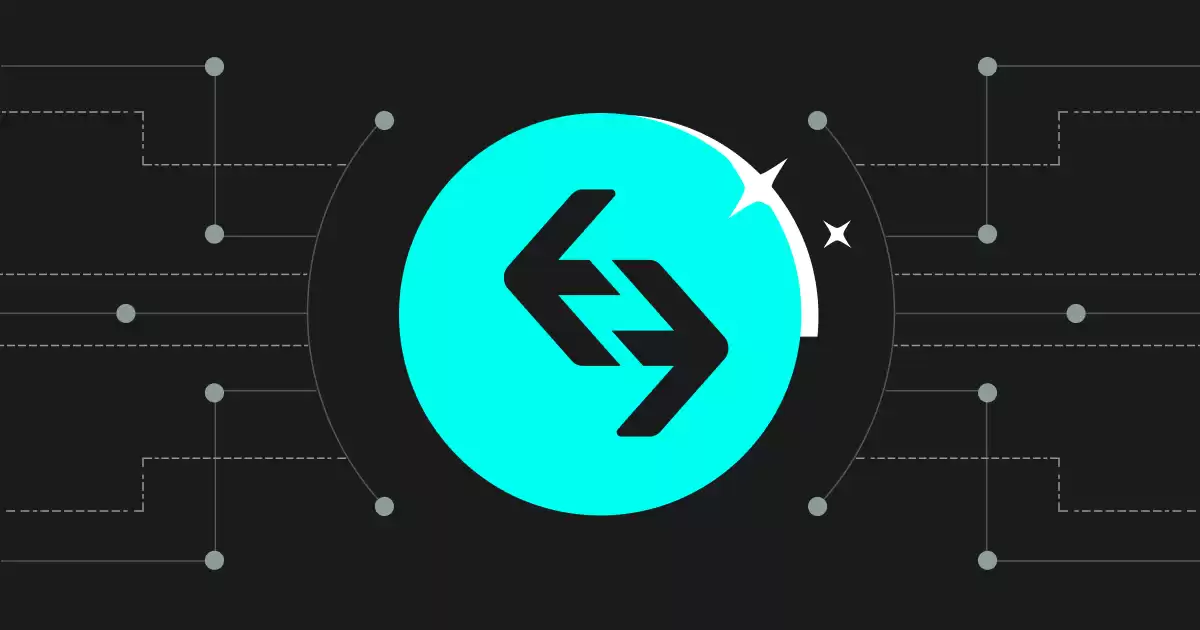
Introduction
Bitget, a leading cryptocurrency exchange, offers both options and contracts trading to its users. While both products allow traders to speculate on the price movements of cryptocurrencies, they differ significantly in terms of their underlying mechanisms, risks, and rewards. This article delves into the key differences between Bitget options and contracts, providing a comprehensive understanding of these two popular trading instruments.
Understanding Options
1. Definition:An option is a derivative contract that grants the buyer the right, but not the obligation, to buy (call option) or sell (put option) an underlying asset at a predetermined price (strike price) on or before a specific date (expiration date).
2. Key Features:- Limited Risk: The buyer's risk is limited to the premium paid for the option, regardless of the underlying asset's price movement.
- Unlimited Profit Potential: The buyer has the potential to profit infinitely if the underlying asset's price moves favorably.
- Time Decay: The value of an option erodes over time as the expiration date approaches.
- Option Premium: The buyer pays a premium to the seller in exchange for the right to exercise the option.
- Speculation: Options provide traders with a way to bet on future price movements without having to own the underlying asset.
- Hedging: Options can be used to hedge against adverse price movements in the underlying asset.
- Income Generation: Option sellers can collect premiums from buyers, providing a source of income.
Understanding Contracts
1. Definition:A contract is a derivative contract that obligates the buyer to buy (long contract) or sell (short contract) an underlying asset at a predetermined price (strike price) on a specific date (settlement date).
2. Key Features:- Defined Risk and Reward: Both buyers and sellers have defined maximum risk and reward, which is equal to the difference between the contract's strike price and the underlying asset's price at the settlement date.
- Leverage: Contracts offer leverage, allowing traders to control a larger position with a relatively small amount of capital.
- No Time Decay: Unlike options, contracts do not experience time decay, as the value of the contract is based on the difference between the strike price and the underlying asset's price.
- Leverage Costs: Traders using leverage pay funding fees to maintain their positions.
- Speculation: Contracts provide a direct way to trade on the price movements of cryptocurrencies.
- Hedging: Contracts can be used to hedge against price fluctuations in the underlying asset.
- Scalping: Contracts are popular for scalping, a trading strategy that involves making multiple small profits over a short period.
Key Differences Between Bitget Options and Contracts
1. Nature of the Contract:- Options: Right but not obligation
- Contracts: Obligation to buy or sell
- Options: Limited for buyers, unlimited for sellers
- Contracts: Defined for both buyers and sellers
- Options: Unlimited for buyers, limited for sellers
- Contracts: Defined for both buyers and sellers
- Options: No leverage
- Contracts: Leverage available
- Options: Yes, erodes over time
- Contracts: No, does not decay
- Options: Buyer pays premium
- Contracts: No premium
- Options: Speculation, hedging, income generation
- Contracts: Speculation, hedging, scalping, arbitrage
- Options: Suitable for both cautious and aggressive traders
- Contracts: More suitable for aggressive traders with higher risk tolerance
Conclusion
Bitget options and contracts are both powerful trading tools that cater to different trading strategies and risk appetites. Options offer limited risk with unlimited profit potential but experience time decay. Contracts provide defined risk and reward, leverage, and no time decay, making them more suitable for aggressive traders. Understanding the key differences between these two instruments is crucial for traders to make informed decisions and maximize their trading success.
Disclaimer:info@kdj.com
The information provided is not trading advice. kdj.com does not assume any responsibility for any investments made based on the information provided in this article. Cryptocurrencies are highly volatile and it is highly recommended that you invest with caution after thorough research!
If you believe that the content used on this website infringes your copyright, please contact us immediately (info@kdj.com) and we will delete it promptly.
- Blockchain, Eggman, Presale: Why $GGs is the Talk of the Town in 2025
- 2025-09-29 00:25:12
- Crypto Coins 2025: Which Ones Will Explode?
- 2025-09-29 00:25:12
- Crypto Presales in 2026: Chasing ROI Like a New Yorker Chases a Cab
- 2025-09-29 00:30:01
- Solana, AVAX, and the Layer 2 Landscape: Finding the Next Crypto Gem
- 2025-09-29 01:05:14
- Solana's Rollercoaster: Billions Lost, Rebound Catalysts Emerge
- 2025-09-29 01:05:14
- SUI Price, Hype, Digitap: What's the Buzz in the Crypto Space?
- 2025-09-29 01:10:01
Related knowledge
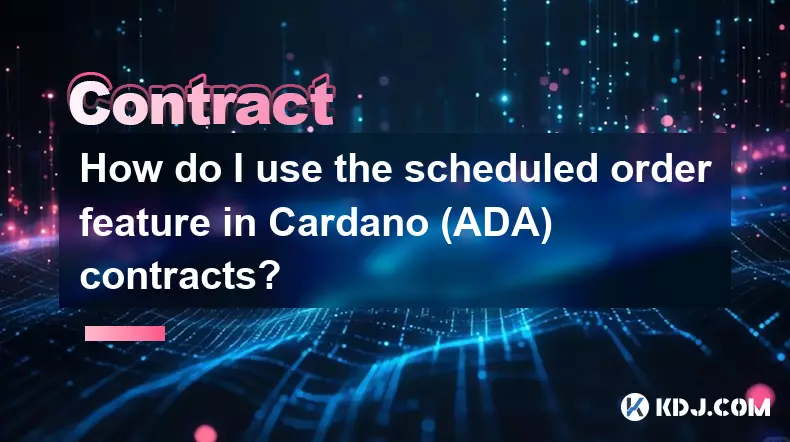
How do I use the scheduled order feature in Cardano (ADA) contracts?
Sep 28,2025 at 10:18pm
Understanding Scheduled Orders in Cardano Smart ContractsCardano operates on a proof-of-stakes consensus mechanism and uses the Plutus scripting langu...

How do I enable the "scalping-only" mode for Cardano (ADA) contracts?
Sep 24,2025 at 03:19am
Understanding Scalping Strategies in Crypto Derivatives1. Scalping in cryptocurrency trading refers to executing multiple short-term trades within min...
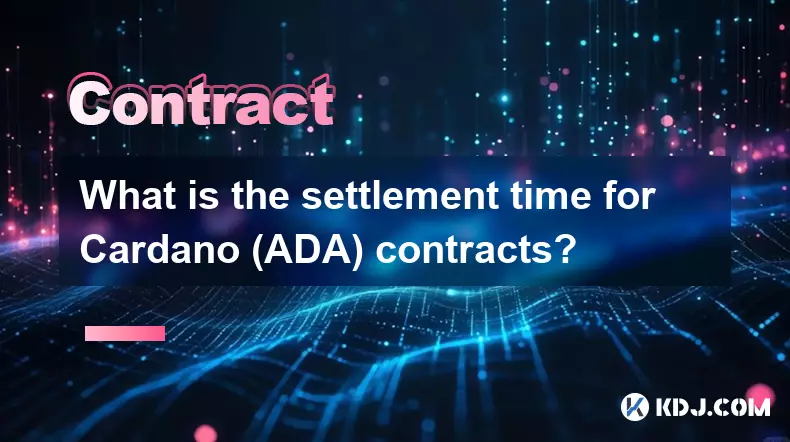
What is the settlement time for Cardano (ADA) contracts?
Sep 28,2025 at 04:18am
Understanding Cardano's Contract Settlement Mechanism1. Cardano operates on a proof-of-stake consensus model known as Ouroboros, which fundamentally i...

How do I add margin to Cardano (ADA) contracts?
Sep 27,2025 at 07:54pm
Understanding Margin in Cardano (ADA) Smart ContractsCardano operates on a proof-of-stake blockchain that supports smart contracts through its Plutus ...
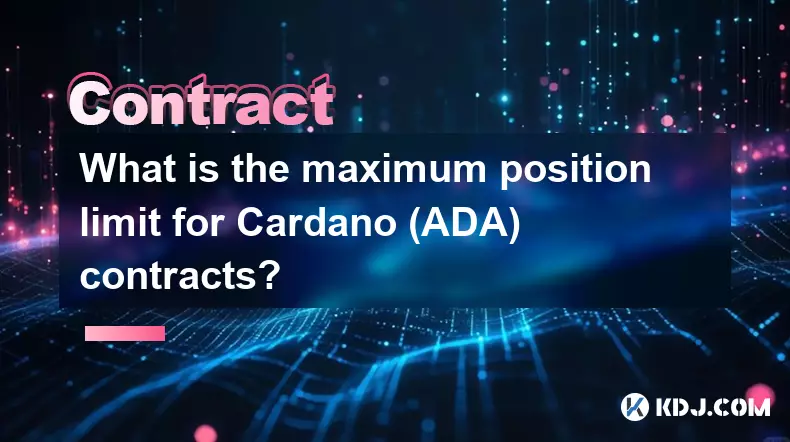
What is the maximum position limit for Cardano (ADA) contracts?
Sep 23,2025 at 11:00pm
Understanding ADA Futures and Derivatives Market Structure1. Cardano (ADA) futures contracts are offered by several major cryptocurrency derivatives e...
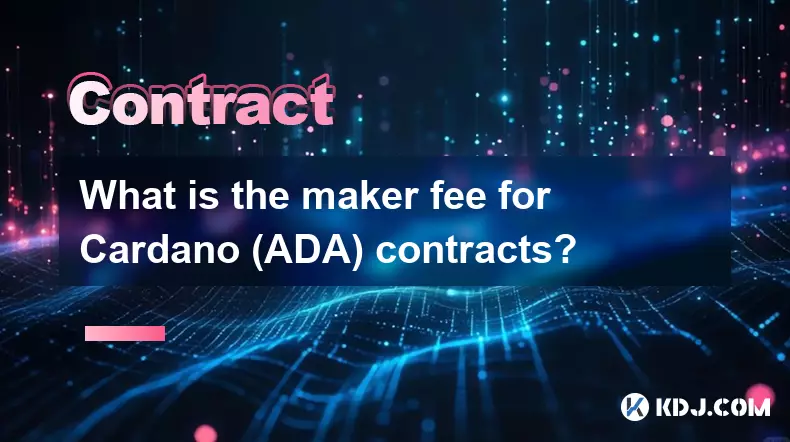
What is the maker fee for Cardano (ADA) contracts?
Sep 26,2025 at 09:01am
Understanding Maker Fees in Cardano (ADA) Contracts1. The concept of maker fees applies broadly across decentralized exchanges and smart contract plat...

How do I use the scheduled order feature in Cardano (ADA) contracts?
Sep 28,2025 at 10:18pm
Understanding Scheduled Orders in Cardano Smart ContractsCardano operates on a proof-of-stakes consensus mechanism and uses the Plutus scripting langu...

How do I enable the "scalping-only" mode for Cardano (ADA) contracts?
Sep 24,2025 at 03:19am
Understanding Scalping Strategies in Crypto Derivatives1. Scalping in cryptocurrency trading refers to executing multiple short-term trades within min...

What is the settlement time for Cardano (ADA) contracts?
Sep 28,2025 at 04:18am
Understanding Cardano's Contract Settlement Mechanism1. Cardano operates on a proof-of-stake consensus model known as Ouroboros, which fundamentally i...

How do I add margin to Cardano (ADA) contracts?
Sep 27,2025 at 07:54pm
Understanding Margin in Cardano (ADA) Smart ContractsCardano operates on a proof-of-stake blockchain that supports smart contracts through its Plutus ...

What is the maximum position limit for Cardano (ADA) contracts?
Sep 23,2025 at 11:00pm
Understanding ADA Futures and Derivatives Market Structure1. Cardano (ADA) futures contracts are offered by several major cryptocurrency derivatives e...

What is the maker fee for Cardano (ADA) contracts?
Sep 26,2025 at 09:01am
Understanding Maker Fees in Cardano (ADA) Contracts1. The concept of maker fees applies broadly across decentralized exchanges and smart contract plat...
See all articles






















